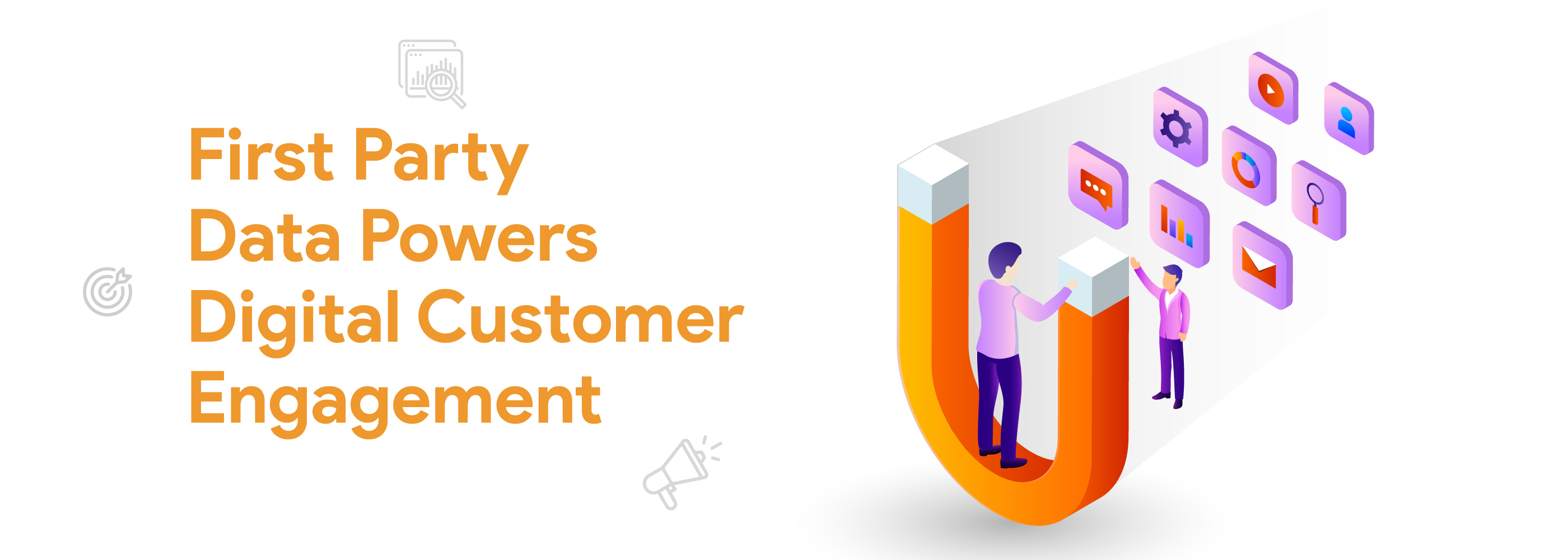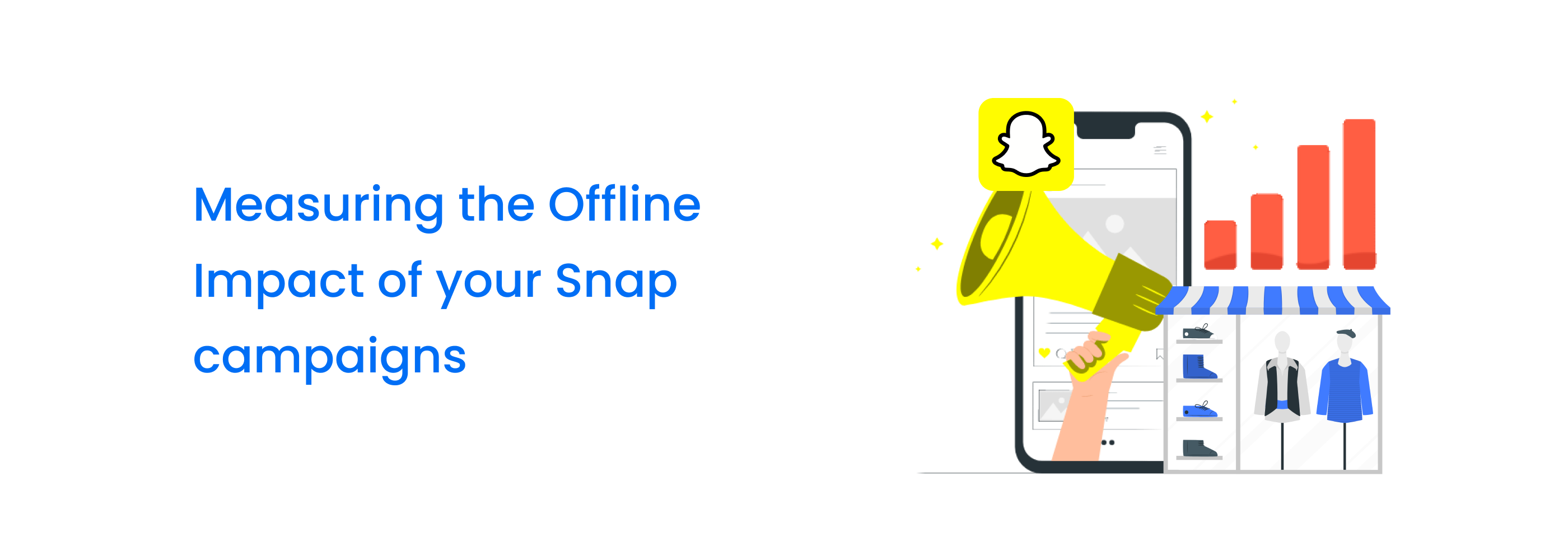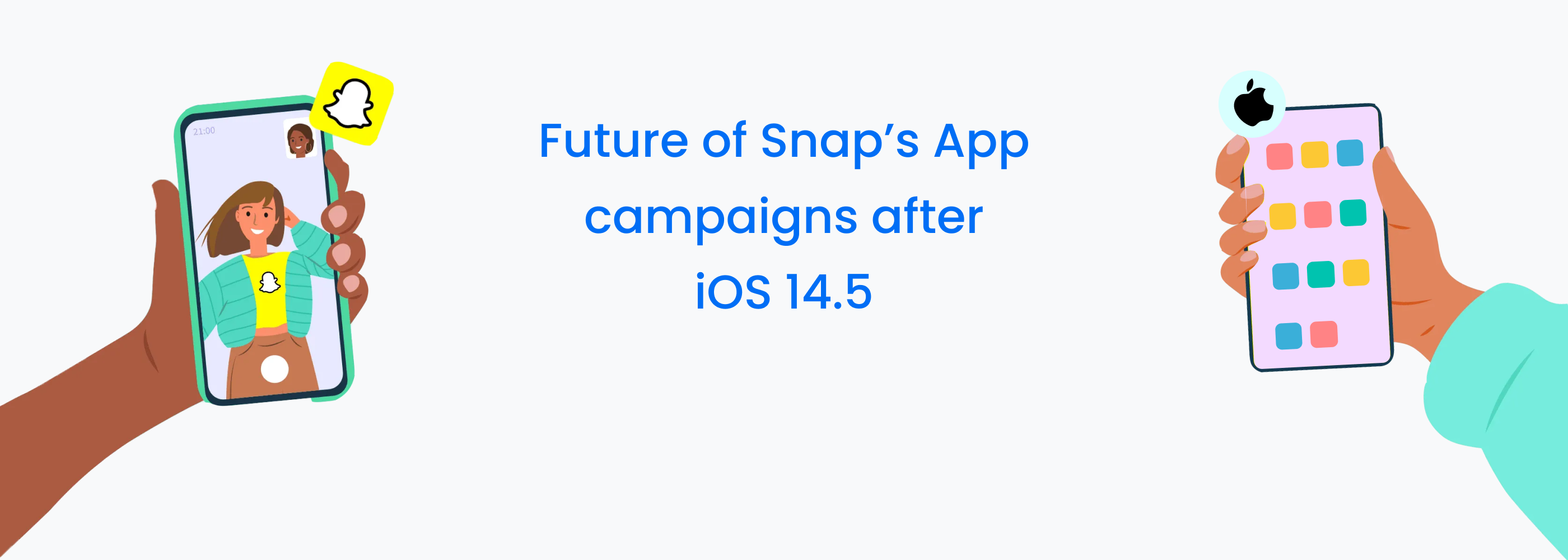First Party Data Powers Digital Customer Engagement
Digital Customer Engagement can be described as proactive interactions conducted by a brand via digital channels to boost engagement and build relationships through the buyer’s journey. Being in touch with the customer has never held more importance than in today’s digital age, and businesses are on the lookout for innovative ways to connect with customers. Hence, this lays immense focus on the ability to conduct multi-channel marketing, to connect user experience while offline and online.
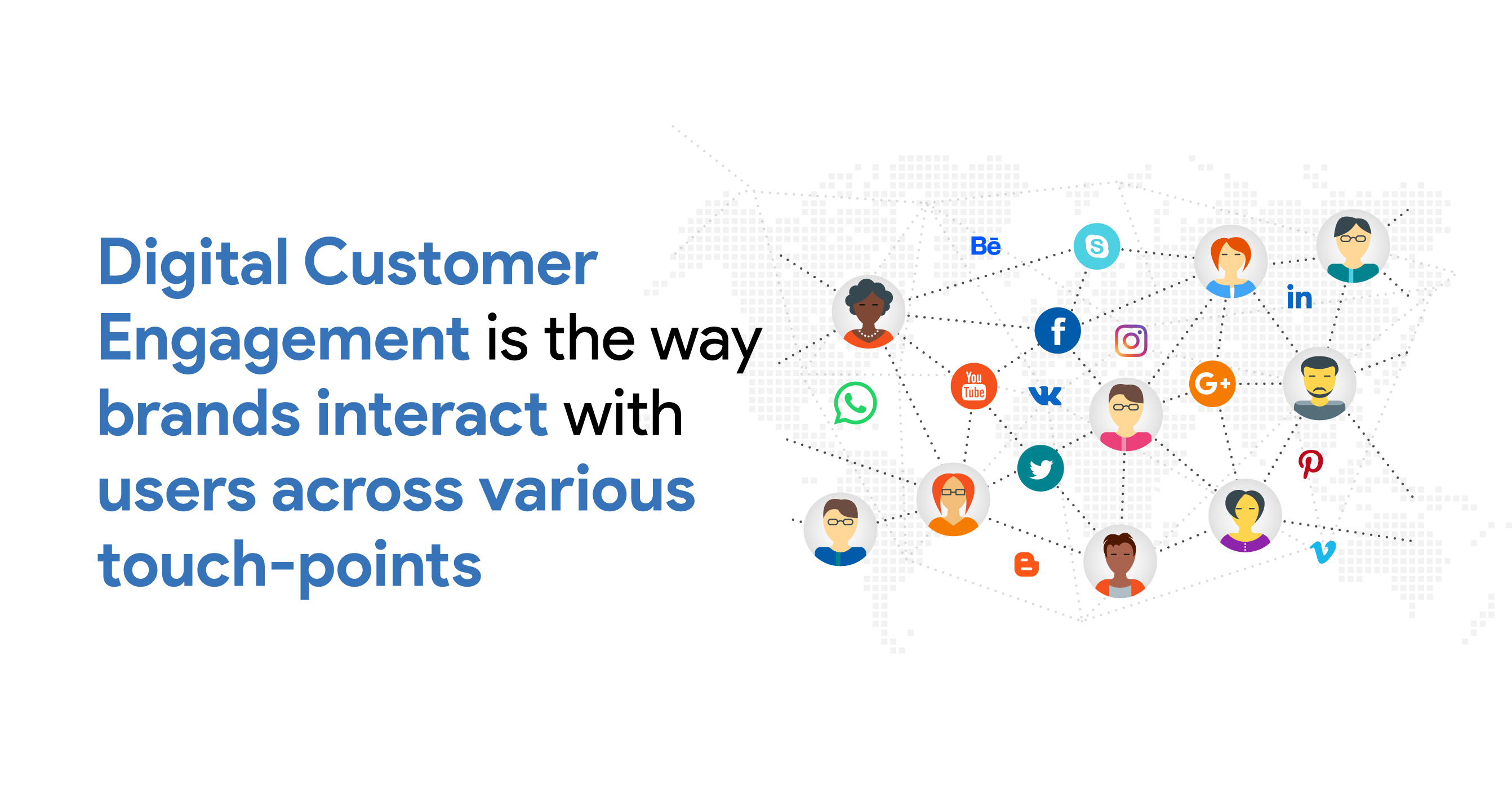
The past year has mandated a new approach to business. Facing economic uncertainties and a contraction of marketing budgets, brands know they need to do more with less. They need to continue to acquire new customers while also increasing customer loyalty to generate repeat business. And they need to do all that with fewer resources.
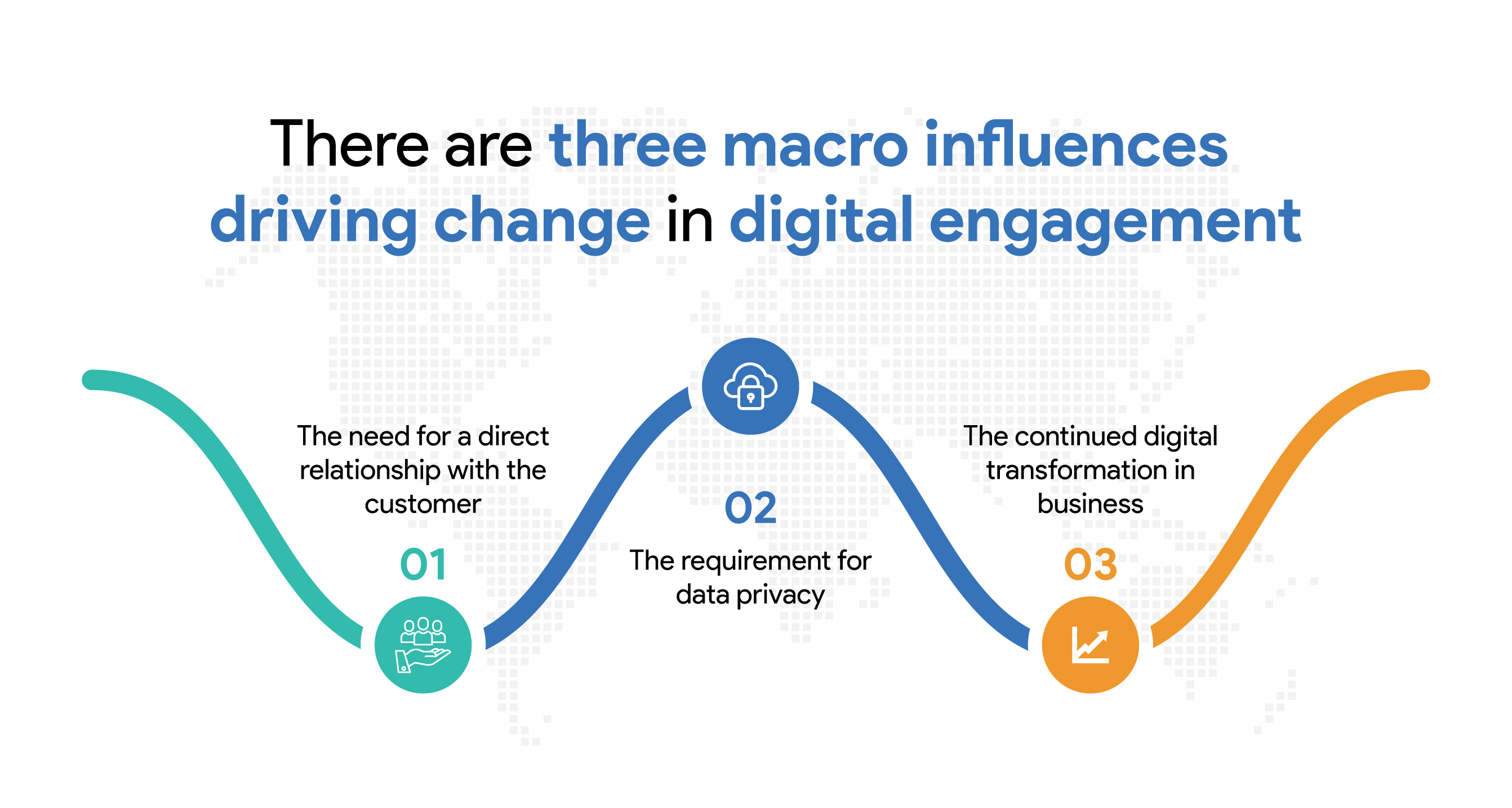
According to the State of Customer Engagement Report – “Those who embrace digital customer engagement are seeing results, despite the challenging economy. Data shows that investment in digital customer engagement increased revenue by 90% on average, up from 70% last year.”
Let’s Talk Third-Party Cookie Demise
We have already heard about the phase-out of third-party cookies and the grave implications it holds for digital marketers who care about campaign performance and Return on Ad Spends (ROAS).
The loss of third-party data will leave marketers, Ad agencies, and the publishing and media vehicles where advertising appears with little or no first-party data (data directly from consumers who consent to share it) in the dark about behavioural and demographic insights that currently help them create target audiences and segments.
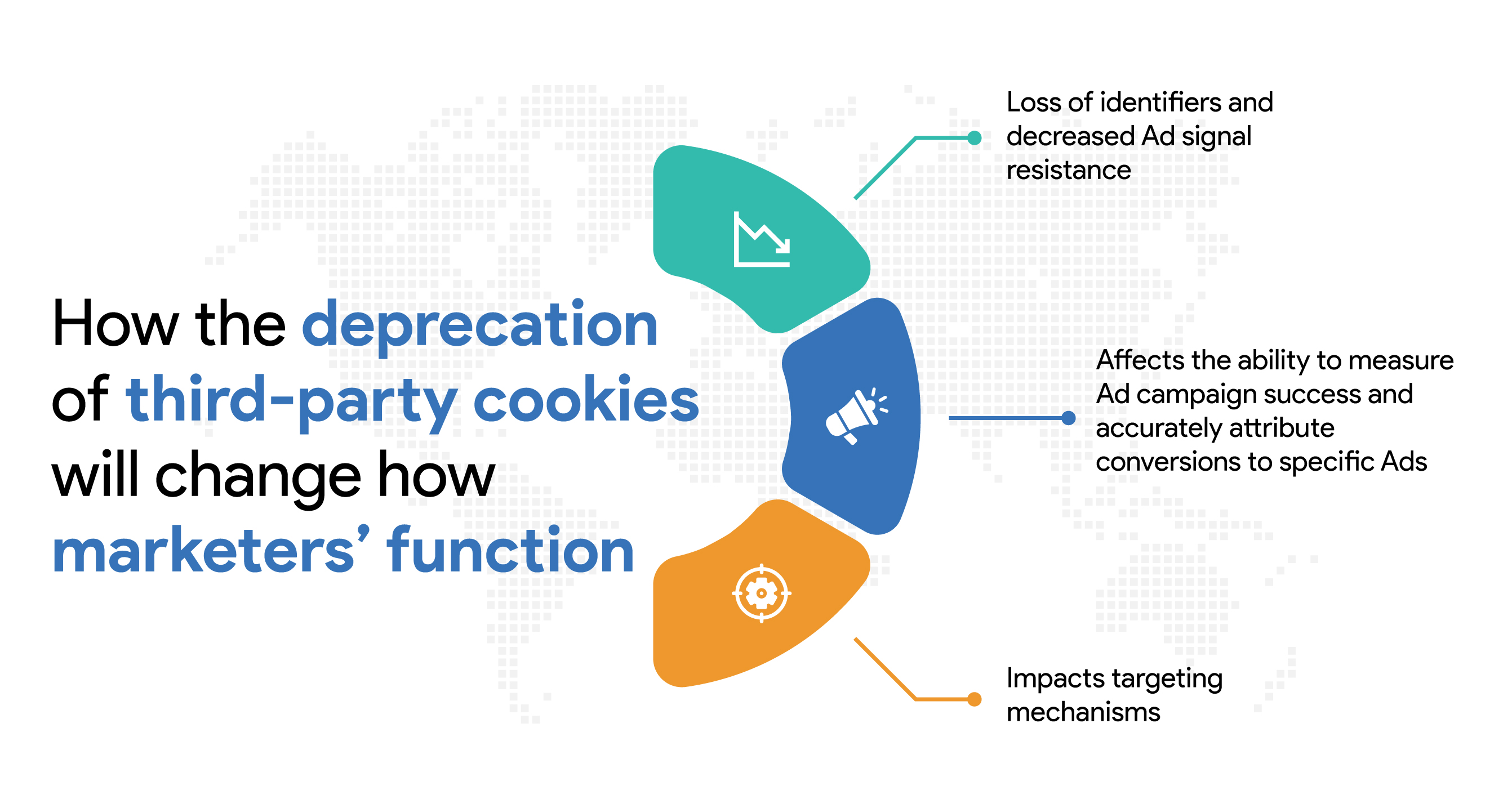
After the loss of third-party cookies and identifiers, advertisers and publishers will find that the value of direct engagement with consumers will further increase. To create consumer connections, advertisers and publishers should create experiences that consumers consider worthwhile. Advertisers and publishers will also need to identify the investments and operating approaches that will help them stay connected with as many consumers as possible.
Creating consumer trust with compelling consumer experiences
The most prepared advertisers we studied are designing consumer experiences in which consumers actively consent to share data (for instance, transparency on data collected, visibility into value exchange, and data collection seamlessly embedded into user experience). Indeed, experiences that are valuable to consumers tend to generate data as a byproduct.
The right experience varies widely by industry, but the need for it is motivating many advertisers we studied to innovate. For instance, the most advanced companies have discrete consumer experience functions that work with the support of media, IT, and legal to responsibly capture and manage consumer data.
The implicit role of first-party data in this scenario
First-party data is still a subject that raises questions in the mind of a marketer. Is first-party data the ultimate solution to safeguarding signal resilience? How much time does it take to activate first-party data? Is there any downtime involved? How much of IT support will be required? So on and so forth.
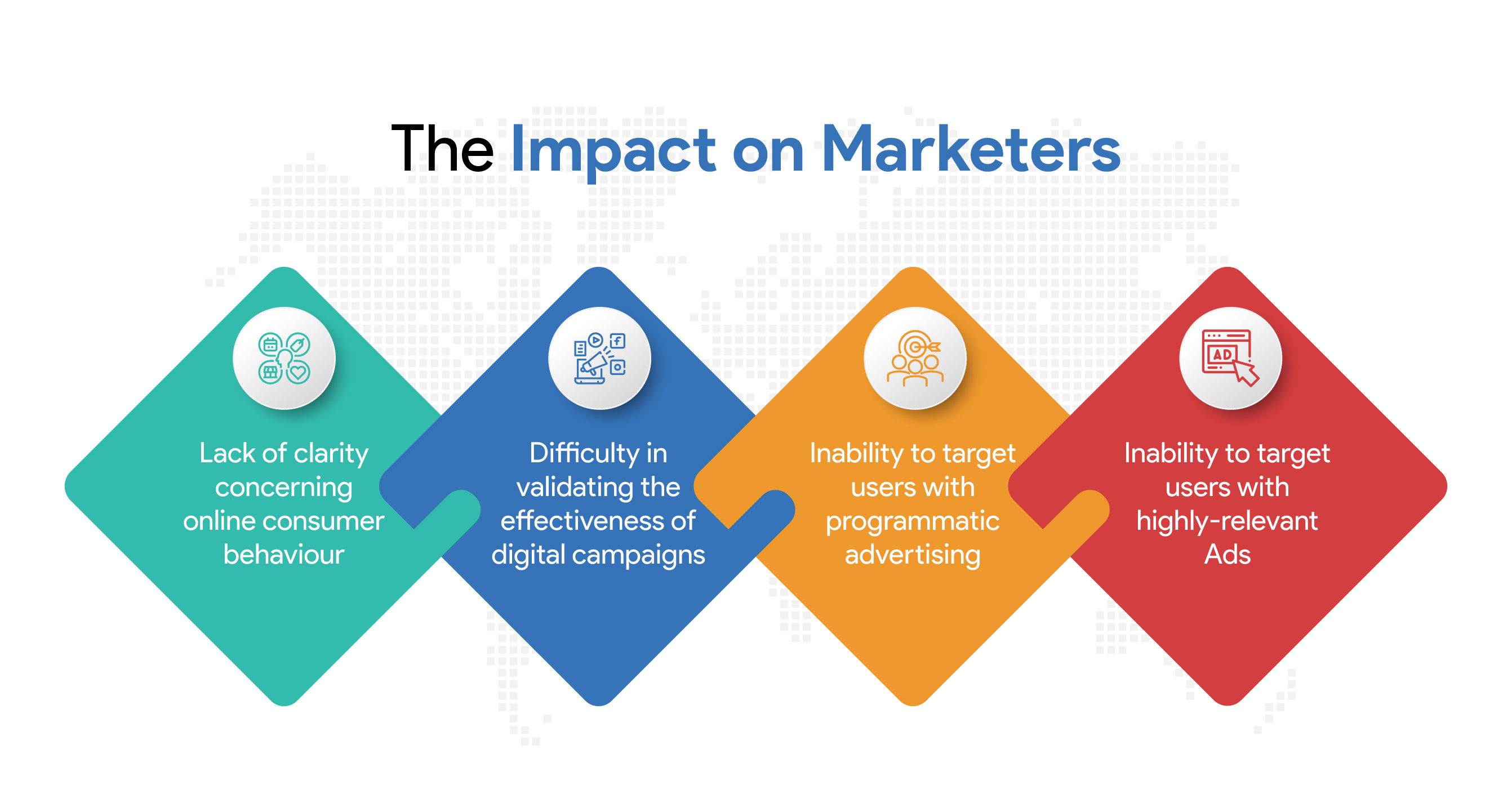
The key benefits of adopting first-party data are as follows:
Data Control: Since the data being collected originates from your domain, it offers better control and ownership.
Reduces Cost: First-party data collection is the least expensive yet most accurate option. While it may require more time and involvement, it is worth the trouble.
Accurate, reliable, and relevant: With first-party data, you can be assured that you have accurate, reliable, and relevant information. It allows enhanced tracking of consumer behavior across your website that helps you gather key insights.













